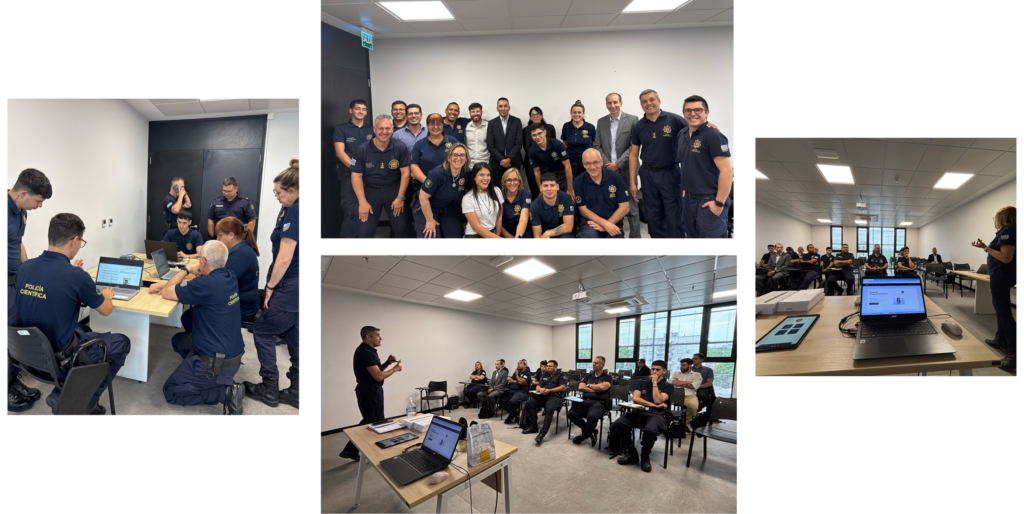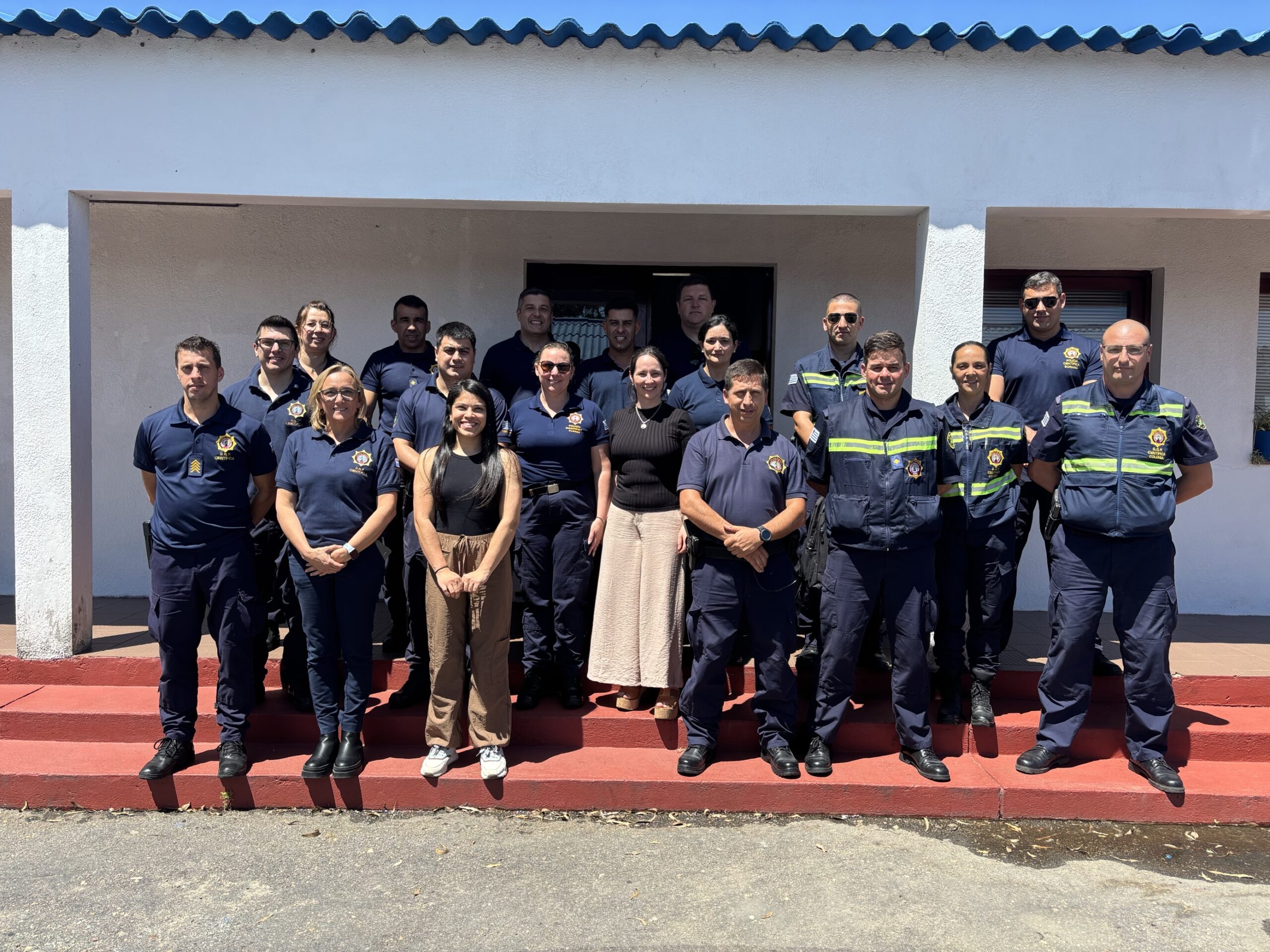The old ePrios was a program with outdated technologies that required installation, meaning much of the process had to be carried out manually. The new ePrios system is a web application that allows for information digitization, process automation, and communication between the different departments involved, making audits more efficient.
Technical data sheet
- Client: Ministry of the Interior – National Directorate of Forensic Police.
- Size/Location: Covers the entire national territory and embassies worldwide.
- Main objectives:
- Provide better quality of information.
- Maintain a better record of judicial antecedentes.
Objectives and challenges
The problem the client faced before adopting the solution:
- It was not possible to associate a photo with each record.
- There was no option to mandate the entry of certain data, leading to the loss of relevant information.
- Previously, ePrios was a program that had to be installed on a PC. This meant that it could only be used on the computer where the program was installed, in addition to all the costs and logistics involved in installing the program on that computer.
- Real-time identity verification was not possible, so the person was logged as who they claimed to be, which could be incorrect.
- Different programs were used for logging adults and minors, with separate databases and different functionalities. For example, the minor's program did not indicate when a person had already provided a DNA sample, leading to repeated sample collection, which resulted in additional costs and excess work for the staff.
- The system did not allow for modifications or improvements to the service.
- The lack of alerts or notifications made collaborative tasks difficult, hindering cooperation between departments.
- It had no interaction with other services.
These problems affected costs, time, and excessive work:
- Logging took approximately 30 minutes.
- In many cases, logs were not done in real-time but were accumulated and later entered into the system. As a result, the information was not available immediately.
- Information from the interior of the country was sent to Montevideo, and only in the capital were the minor logs entered into the system.
- Judicial communications were not digitized, so when a request for a certificate of criminal records was made, the physical files of records had to be manually checked, taking time for an outdated task.
Client objectives:
- Obtain real-time information.
- Minimize identity verification time.
- Unify the databases.
- Unify the record number at the national level.
- Reorganize the numbering of the photographic record.
- Have concise and precise audits.

The solution
- The system transitioned from a program to a web application, allowing access from multiple PCs in each headquarters.
- The servers are now under the Ministry of the Interior (MI) domain, instead of the Scientific Police.
- Facial recognition is used for real-time identity validation.
- The record format was unified at the departmental level, for both the Scientific Police and other organizations interacting with the information.
- The generation of the record number and photographic registration number was automated.
- By consuming data from the DNIC, the corresponding personal information is pre-loaded, easing the work of the staff and speeding up processes.
- The participation of departments and processes that were previously not integrated into the system was added, improving the record and traceability of information.
- The new system includes notifications to alert users in specific departments about the availability of necessary information, streamlining tasks and preventing rework.
- An audit module was added that tracks modifications made, showing who made them, when, and detailing the previous and new values entered or modified by the user in the record.
- A reporting module was added, enabling access to metrics and indicators that were previously manually extracted, improving response times and the accuracy of information.
Results achieved
- Complete logging in five minutes.
- Real-time identity validation.
- Notification of identity verification by DIIC so that DECA can proceed with DNA association.
- Reduction in spatula costs by receiving notifications for existing DNA samples, whether taken from adults or minors.
- Reduction in response times for criminal record inquiries by having communications digitized and linked to each offense.
Conclusion
It is a complete turnaround for the National Police, making access to information not only real-time but also more reliable.
